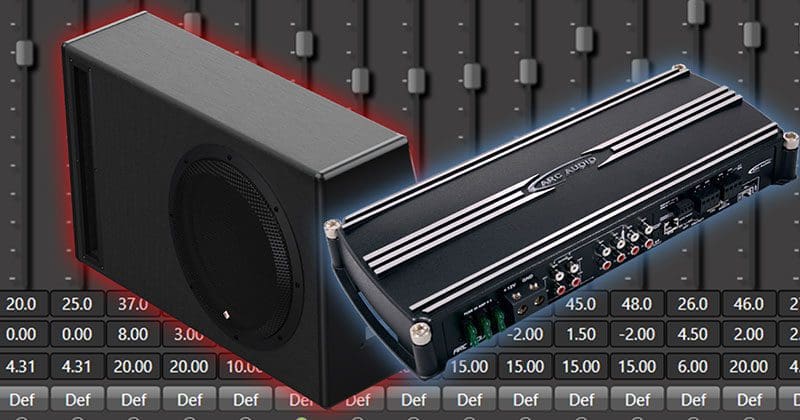Not long ago, we saw a post where someone asked whether they needed to dedicate a channel of their digital signal processor to equalize the subwoofer in their car audio system. As usual, several amateurs chimed in with their opinions, but nobody presented any facts supporting a yes or no answer. As professionals, when we’re challenged with a question to which many variables can affect the answer, the best bet is to set up an experiment. Let’s find out if your sub needs equalization to sound great.
What Happens When You Install a Subwoofer in Your Car?
Since we already have the data from one of the Test Drive Reviews the BestCarAudio.com team is working on, let’s look at the Rockford Fosgate P500-12P subwoofer system and analyze its performance in and out of the vehicle.
The graph below shows a frequency response sweep of this impressively compact 12-inch enclosure with the sub sitting in the middle of a parking lot.
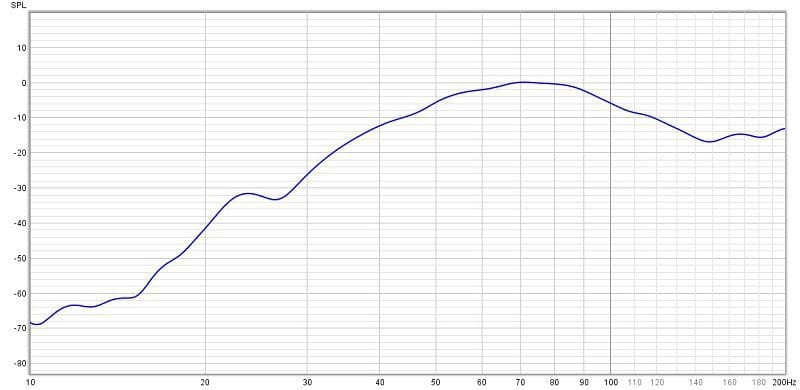
Given the roughly 1-cubic-foot volume of the enclosure, it’s no surprise that the response looks like it has energy focused around 70 Hz. Most would say that this system won’t deliver good low-frequency performance in a vehicle. They’d be wrong.
The graph below shows what happens to the subwoofer when placed against the back seat of a 2019 Hyundai Santa Fe midsize sport utility vehicle.
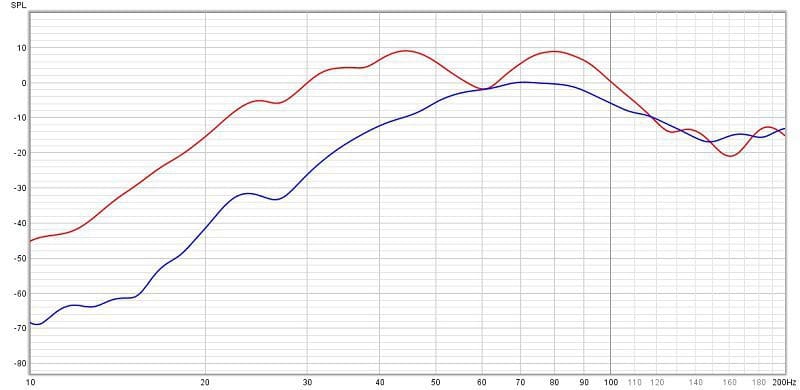
There’s 9 dB of boost at 80 Hz and a mind-boggling 19 dB of boost down at 45 Hz. If you think that’s amazing, there’s more than 26 dB more output at 30 Hz. What looked like it might be boomy or peaky on paper now offers amazing extension down to below 30 Hz. It’s clear that the engineers at Rockford Fosgate considered the transfer function that happens when you put a small subwoofer in the relatively small confines of a car or truck.
Let’s Talk About Subwoofer System Equalization
We’re going to brew up a second example using a different amplifier and subwoofer. We dug out an old 12-inch Elemental Designs e12a.22 sub and connected it to one channel of the ARC Audio ARC1000.4 that the BestCarAudio.com team reviewed in early 2021. This amplifier has the IPS8.8 digital signal processor installed, and as such, we have 37 bands of fully parametric equalization available to fine-tune the subwoofer’s response. Let’s start with a baseline measurement of the subwoofer system with all the EQ bands flat.
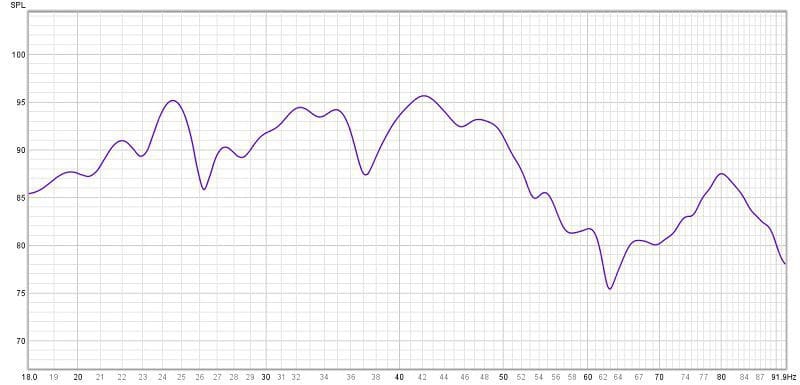
As is clearly visible, the 60 Hz dip evident in the measurement of the Rockford Fosgate subwoofer remains, and there are smaller dips at 26 and 37 Hz. Left alone, there’s more than 20 dB of variation between 43 and 63 Hz. That’s not what we’d call a smooth response in any sense of the term. It’s time to fire up the parametric EQ and do some tweaking.
After about 20 minutes of cutting and boosting on the subwoofer channel, we’d tamed the resonance at 43 and boosted the dips at 26, 37 and 63 Hz. With another 10 minutes, we could have the range between 36 and 37 even flatter and added some boost at 70 Hz, but we are within a 3 dB window from 21 Hz to 65 Hz, which is close enough for this example.
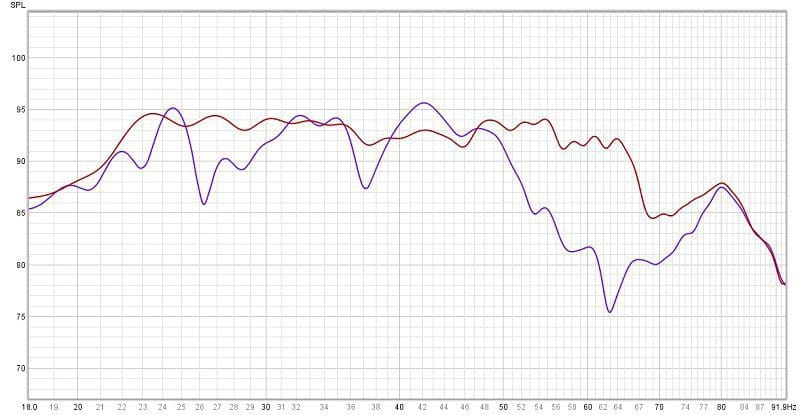
Upgrade Your Subwoofer System with a DSP Today!
The benefits of equalizing your subwoofer are clearly visible. Whether you are listening to a recording of a pipe organ with someone playing progressively deeper notes or you want to experience a bass drop in your favorite Skrillex track, equalization makes a huge difference. Reproducing different bass frequencies at different volume levels doesn’t accurately represent what was captured in the original recording.
Drop by your local specialty mobile enhancement retailer today to learn about the digital signal processing and equalizer options that are available to fine-tune the output of your car audio system. You’ll be amazed by how much better your car audio system will sound with proper calibration.
